
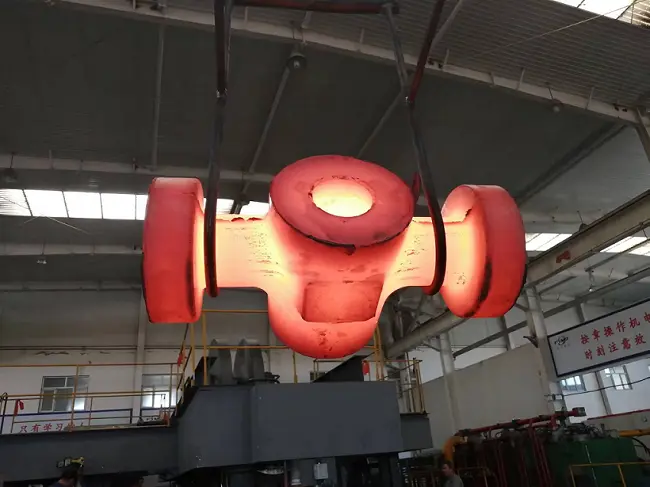
Steel containing a certain amount of special alloy elements is called alloy steel. After adding a certain amount of alloy elements to steel, it acquires certain special mechanical and physical-chemical properties to meet the comprehensive needs of national economic development.
2025-05-09 14:33:47
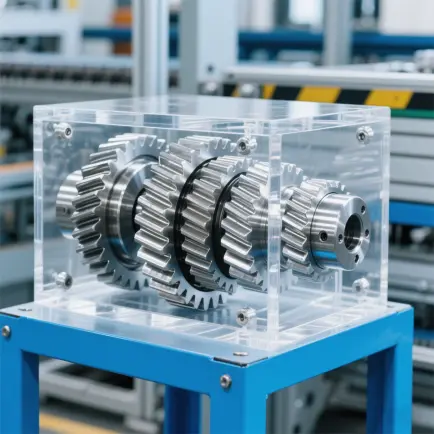
Spline shaft is a type of mechanical transmission, mainly used for transmitting mechanical torque. There are longitudinal keyways on the outer surface of the shaft, and the rotating parts fitted on the shaft also have corresponding keyways, which can maintain synchronous rotation with the shaft. The application, material selection and inspection points of spline shaft are as follows:
2025-04-29 17:39:05
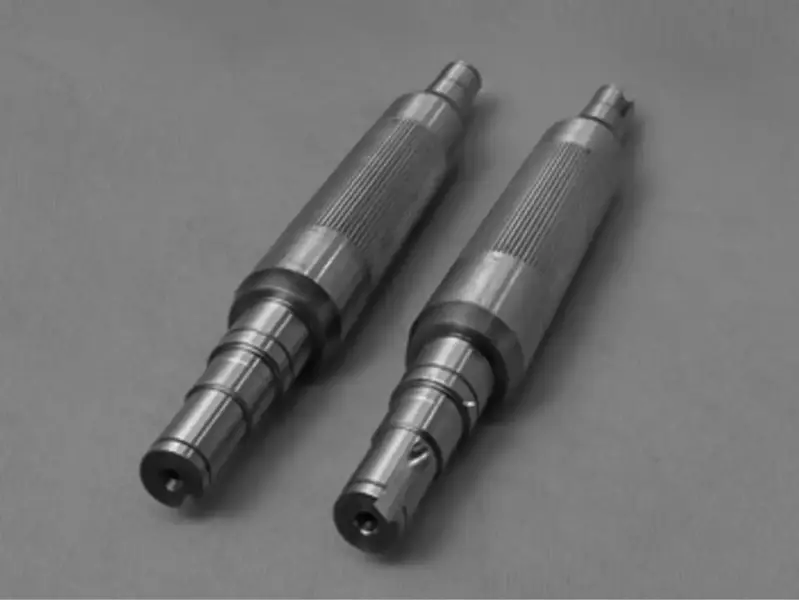
The material of the motor shaft is usually made of high-strength alloy steel or stainless steel. At the same time, attention should be paid to the magnetic properties and precision requirements of the material.
2025-04-29 17:37:36
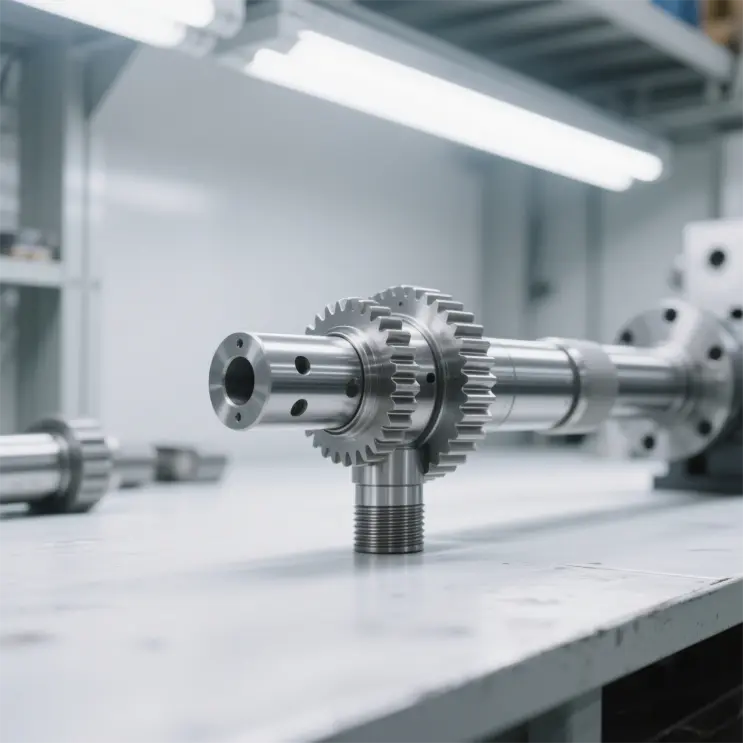
In the operation of various mechanical equipment, gear shafts, as key components of the transmission system, directly affect the operational efficiency and stability of the entire machinery. Different mechanical equipment have diverse working conditions and performance requirements, and conventional standard gear shafts are difficult to fully meet these needs. Therefore, custom gear shaft processing has emerged as a key solution to unlock higher transmission efficiency and more reliable working conditions.
2025-04-29 17:36:16

The differences and application environments between spur gears and helical gears are as follows
2025-04-29 11:16:28
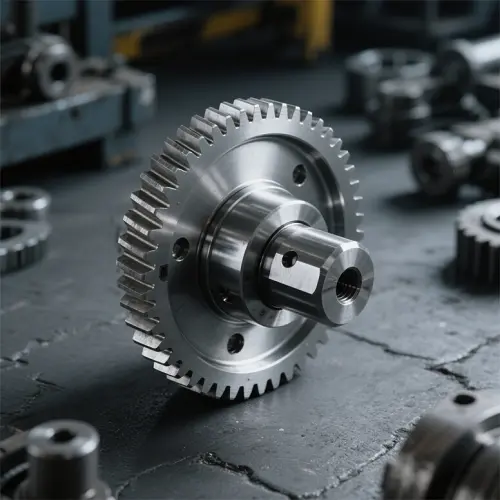
2025-04-29 11:12:58
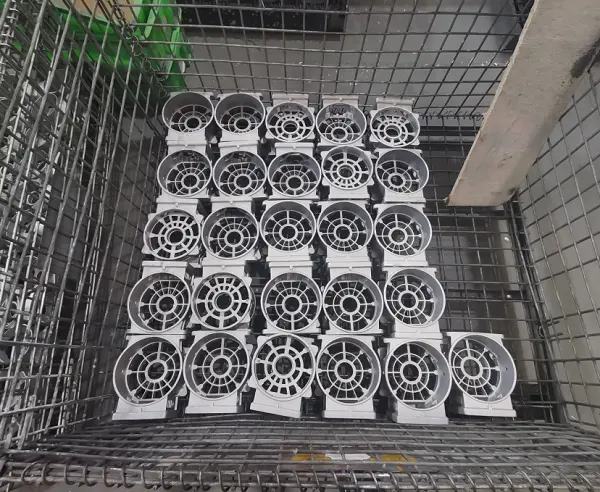
During the production process of die-castings, various defects may occur, which can affect the appearance, dimensional accuracy, and mechanical properties of the castings. The following are some common types of defects in die-castings
2025-04-29 11:05:29
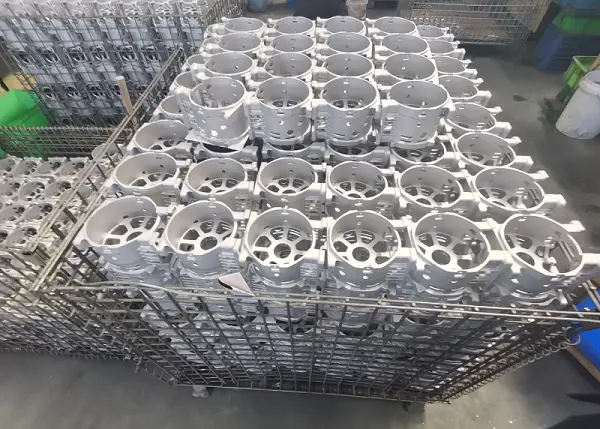
Die casting machines and mold technology are the foundation for achieving efficient and precise die casting production. Die casting machines can be classified into two major categories based on their working principles: hot chamber and cold chamber, each with its unique technical features and application scope.
2025-04-29 10:52:14
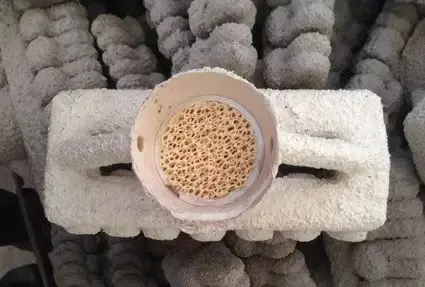
Precision castings are generally complex in shape, which brings certain difficulties to the casting process. When using filters, they are mostly placed at the gate position. In practical applications, depending on different castings and requirements, the following methods can be adopted:
2025-04-24 17:54:13
In recent years, with the development of science and technology and the demands of industrial production, the quality requirements for casting alloys have become increasingly strict. For some castings, not only are qualified chemical compositions and mechanical properties required, but also superior internal and external qualities. However, traditional melting and casting processes often fail to meet these requirements, with the key issue being that the non-metallic inclusions in the alloy exceed the allowable range. To reduce the impact of non-metallic inclusions, on the one hand, strict requirements have been imposed on the raw materials used in alloy preparation, and on the other hand, efforts have been made to take measures in the casting process. Casting filtration technology has developed as a new process for filtering and purifying molten metal under these circumstances.
2025-04-24 17:52:31
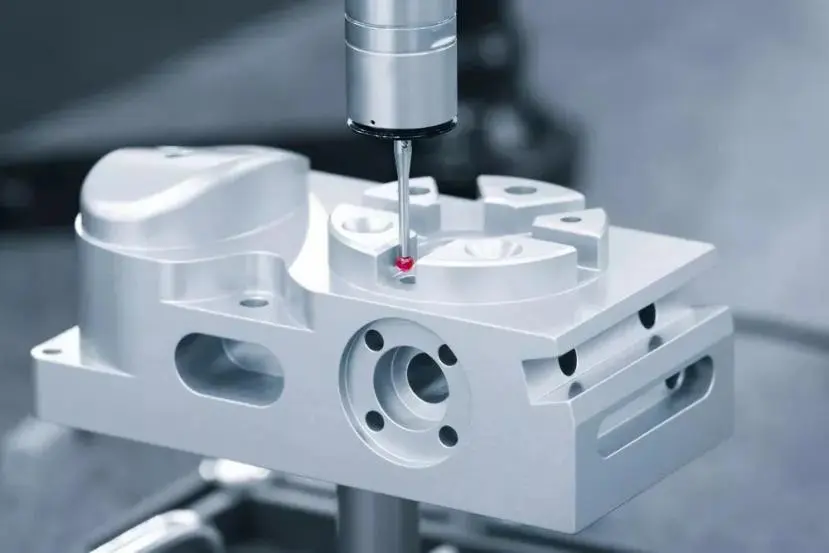
High production efficiency: Die casting can complete the filling and solidification of metals in an extremely short time, with a short production cycle, making it suitable for mass production. For example, the production efficiency of hot chamber die casting machines can reach 15 cycles per minute, while cold chamber die casting machines, although having a longer cycle time, have high-pressure injection capabilities that enable them to produce more complex and thin-walled castings.
2025-04-24 17:38:26
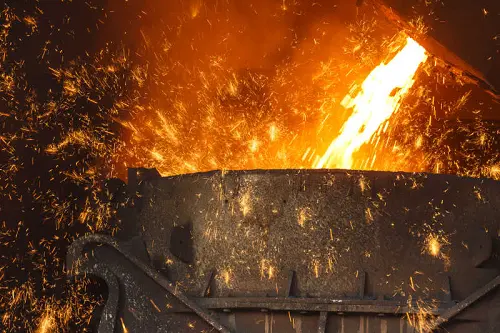
The amount of aluminum used for final deoxidation of molten steel should be appropriate. Insufficient aluminum will result in a residual aluminum content exceeding 0.04%, which can lead to type II inclusions and affect the steel's properties. Excessive aluminum may cause harmful type II inclusions and may also result in "stone-like fracture" defects. Special fractures that occurred in cast steel parts were later confirmed to be mainly caused by aluminum nitride (AlN). To avoid "stone-like fracture", the aluminum content must be strictly controlled, with the upper limit generally below 0.12% and not exceeding 0.14% at most. At the same time, the aluminum recovery rate should be stable. Methods of adding aluminum for deoxidation include gradually adding small pieces of aluminum into the molten stream or fixing them on a steel rod and inserting it into the molten steel. Some foreign factories use aluminum alloys containing 35% aluminum for indirect aluminum addition, which has a good effect.
2025-04-24 17:35:26
364



